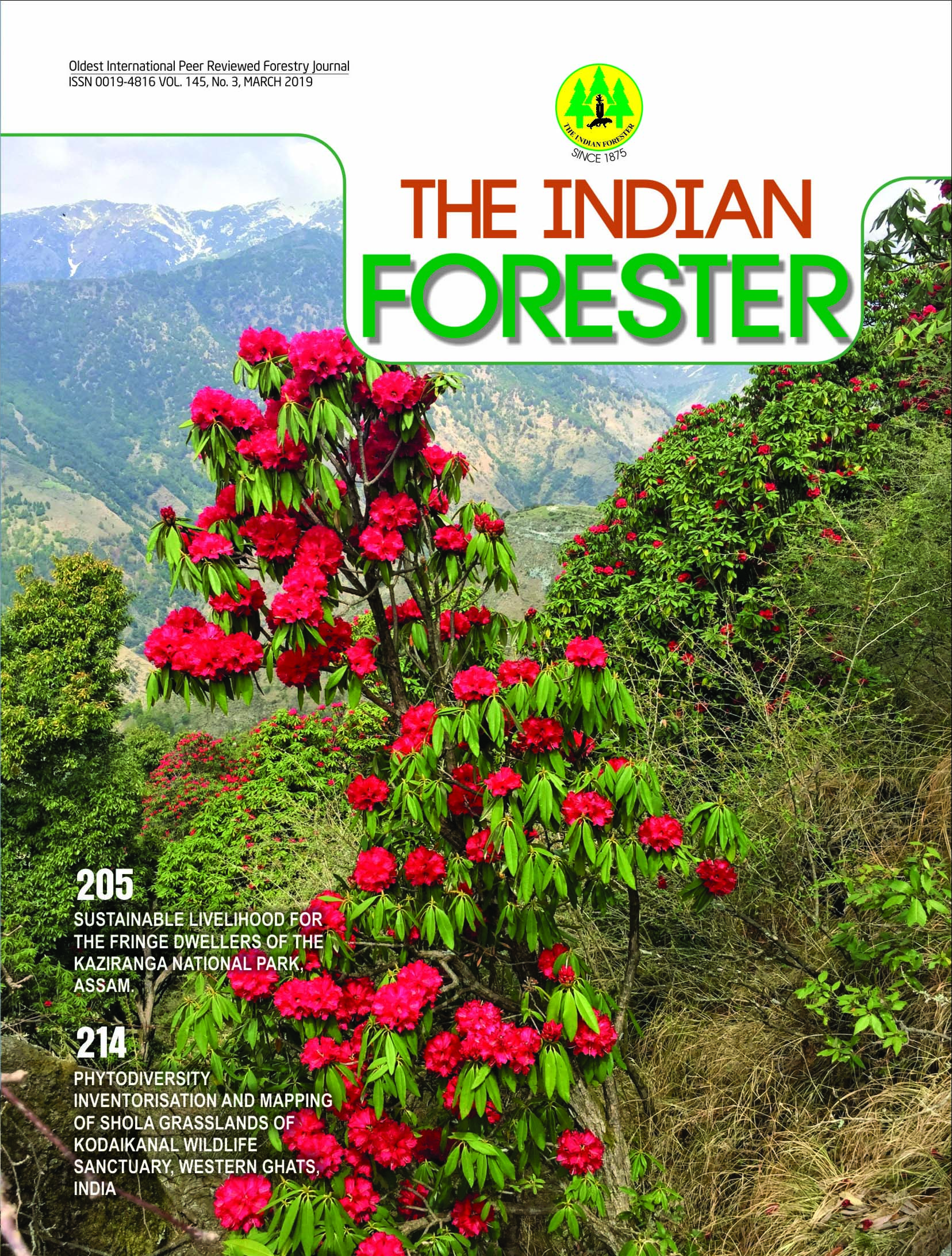A Report on Flower Colour Variation in Baccaurea courtallensis
DOI:
https://doi.org/10.36808/if/2019/v145i3/144458Keywords:
No Keywords.Abstract
No Abstract.References
Coberly L.C. and Rausher M.D. (2008). Pleiotropic effects of an allele producing white flowers. Evolution, 62: 1076-1085.
Devi P.A.G., Shyama T.B. and Raghavendra M.P. (2013). Plants used by the tribes for the treatment of digestive system disorders in Wayanad district, Kerala. JAPS, 3(8): 171-175.
Faegri K. and van der Pijl L. (1979). The Principles of Pollination Ecology. Pergamon Press, Oxford.
Jones K.N. and Reithel J.S. (2001). Pollinator-mediated selection on a flower color polymorphism in experimental populations of Antirrhinum (Scrophulariaceae). American J. Botany, 88: 447-454.
Joseph J.K., Nizar M.A., Velayudhan K.C., Unnikrishnan M. and Abraham Z. (2003). A Note on Baccaurea courtallensis (Wight) Muell.-Arg., (Moottipotti) A Wild Edible Fruit of Western Ghats. Indian J. Plant Genetic Resources, 16(2): 114-116.
Lankinen A. (2009). Upper petal lip colour polymorphism in Collinsia heterophylla (Plantaginaceae): genetic basis within a population and its use as a genetic marker. J. Genetics, 88(2): 205-215.
Schatz B., Delly-Vedove R. and Dormont L. (2013). Presence, distribution and effect of white, pink and purple morphs on pollination in the orchid Orchis mascula European J. Environmental Sciences, 3(2): 119-128.
Downloads
Downloads
Published
How to Cite
Issue
Section
License
Unless otherwise stated, copyright or similar rights in all materials presented on the site, including graphical images, are owned by Indian Forester.





